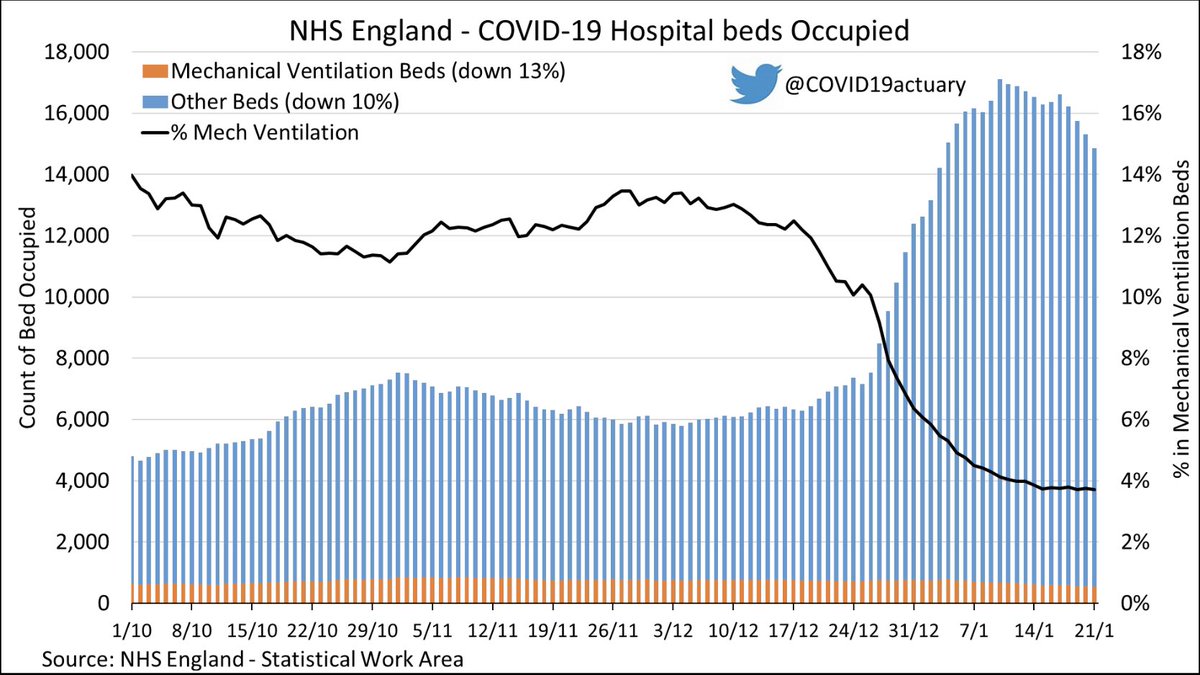
No #FridayReport this week but for weekend reading the latest edition of @TheActuaryMag is a “two years on” pandemic special.
This thread highlights some articles that might be of interest.
theactuary.com/issues/2022/04…
This thread highlights some articles that might be of interest.
theactuary.com/issues/2022/04…
1. Our co-chairs Matthew Edwards and @ActuaryByDay are interviewed by editor Ruolin Wang. The wide-ranging discussion includes the work of @COVID19actuary and the CMI, the media, the future, juggling, and Batman villains.
theactuary.com/2022/04/04/imp…
theactuary.com/2022/04/04/imp…
2. Dr @ARegenauer presents an overview of the latest #LongCovid research, and suggests a plausible subgrouping of this multifaceted post-viral condition. He considers what we we have learned, and just how much is still not known.
theactuary.com/features/2022/…
theactuary.com/features/2022/…
3. Dr @cjmartin0 and Steve Bale discuss the support provided by a team of @actuarynews volunteers to the public sector. The team, which also included @DanRyanCoios and @ActuaryByDay, modelled the impact of exceeding hospital capacity, and also #LongCovid.
theactuary.com/features/2022/…
theactuary.com/features/2022/…
4. Maryam Abdullah shares insights from @actuarynews scenario modelling of pandemic impacts. She suggests that learning points from the approach taken may be useful in modelling of climate change, or of future pandemics.
theactuary.com/features/2022/…
theactuary.com/features/2022/…
5. Kate Dron, Alvin Fu and Randall Wright compare different nations’ pandemic experiences. As well as factors such as vaccine uptake, healthcare and strategy, they also consider mobility, community cohesion, population density, geography and climate.
theactuary.com/2022/04/04/for…
theactuary.com/2022/04/04/for…
6. Continuing the theme of international comparisons, Sharad Bajla and Rajeshwarie VS contrast the COVID-19 policy response and the impact of the pandemic in two very different Asian nations - India and Singapore.
theactuary.com/features/2022/…
theactuary.com/features/2022/…
7. With countries such as the UK moving to “living with COVID”, Dr Adam Strange and Dr @PrachiPatkee discuss the transition from pandemic to endemic. Future mutations are expected. Vaccines, therapeutics and behaviour change may all play a role.
theactuary.com/2022/04/04/end…
theactuary.com/2022/04/04/end…
8. It’s not just life and health risks affected by the pandemic. Lockdowns led to a reduction in traffic and hence accidents, and remote working increases cyber risks. Socrates Olympios examines the impact on motor and cyber insurance.
theactuary.com/2022/04/04/new…
theactuary.com/2022/04/04/new…
9. Wrapping up our summary, Sanjay Joshi considers the modelling and management of existential risks in general. Future pandemics, engineered pathogens and bioterrorism risks may be difficult to quantify but that does not mean they should be ignored.
theactuary.com/features/2022/…
theactuary.com/features/2022/…
• • •
Missing some Tweet in this thread? You can try to
force a refresh




















